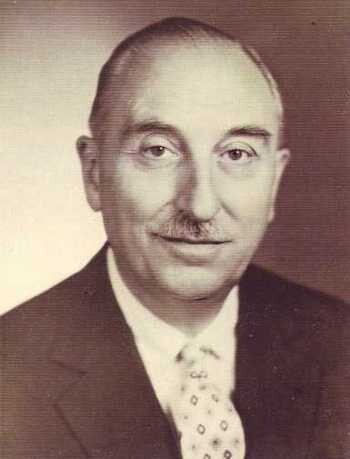During WW II, Italian Doctors Made Up A Disease (To Save Jewish Lives)

In 1943, patients at the Fatebenefratelli Hospital on the tiny Tiber Island in Rome were diagnosed with a mysterious new disease called Syndrome K. It was said to be like a severe form of tuberculosis, severely contagious and fatal. It was also a fictional disease meant to throw off Nazis who were hunting for Jews in Italy.
Under the fascist government of Mussolini, laws were passed to discriminate against Italian Jews, but the situation became worse in the later years of World War II. Once the Mussolini regime fell in 1943, Nazi Germany occupied Rome. Beginning on October 16, 1943, the Nazi occupiers began arresting Jews in Italy and sent an estimated 10,000 to concentration camps.
The doctors at Fatebenefratelli Hospital, which was located across from a Jewish ghetto, devised a plan to keep Jewish people safe: Syndrome K. The plan is attributed to physicians Giovanni Borromeo, Vittorio Sacerdoti, and Adriano Ossicini, all of whom were noted for acting against fascism during Mussolini’s rule. Sacerdoti was Jewish himself, and Borromeo had used a radio in the hospital to communicate with resistance groups.
Don't Miss
The staff at the hospital took great effort to create their fake disease, with papers made for Syndrome K patients to look just like those for legitimately ill patients. However, everyone at the hospital knew that a patient marked with Syndrome K was not truly ill. They were kept in a special part of the hospital under the ruse that they were dangerously contagious. Patients were even instructed to pretend to be sick by coughing horrifically. The idea behind this trick was simple: if the Nazis believed that they would contract a horrific disease, they would leave the Jews in the hospital alone.

Hidden in the name Syndrome K was another small act of defiance. Besides sounding like the ominous disease the doctors wanted the Nazis to believe it was, the “K” was named after two high-ranking Nazis who were involved in the occupation of Rome, Albert Kesselring and Herbert Kappler.
Syndrome K did work, but it is not known how many people were saved because of it. Just as the plan had intended, when Nazis inspected the hospital, they avoided Syndrome K patients to avoid the illness. Staff at Fatebenefratelli, particularly Giovanni Borromeo, have been honored for their efforts during the Holocaust. If their plan had gone even slightly wrong, then their lives and the lives of those they tried to save would have been in severe danger.
Small acts of resistance like Syndrome K were not what put a stop to Nazi Germany, but they did demonstrate extraordinary selflessness and bravery. Plus, staff at Fatebenefratelli Hospital got to humiliate some Nazis by making them afraid of a fake disease. Small victories are still victories.
Top Image: National Museum of Health and Medicine